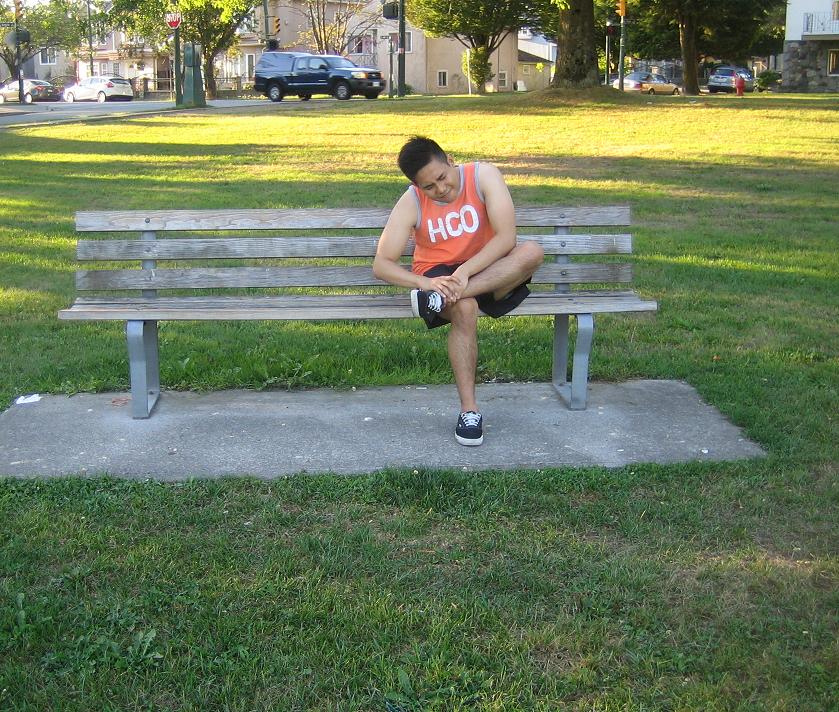Compartment syndrome is considered as a serious condition due to the substantial pressure within a muscle compartment. The compartments are groups of blood vessels, muscle tissue and nerves in the legs and arms bordered by fascia which is a strong membrane. This membrane does not expand, thus swelling in a compartment increases the pressure within which results to damage to the blood vessels, muscles and the nerves.
An increase in the pressure can disrupt the flow of blood to the compartment as well. Understandably, this results to cellular loss of oxygen that should go to the tissues and even cellular death or necrosis.
What are the causes?
Compartment syndrome can develop if there is bleeding or swelling inside a compartment. This causes the build-up of pressure within the compartment that disrupts with the flow of blood.
This can result to lasting damage if not promptly treated since the nerves and muscles are not provided with adequate oxygen and nutrients. If not treated at all, it can lead to amputation.

What are the types of compartment syndrome?
Acute compartment syndrome
This type occurs after any major injury. In rare circumstances, it can also occur after a minor injury. The possible causes of this type include the following:
- Crushing injury on the leg or arm
- Fractures
- Heavy drinking or drug use
- Using a cast or excessively tight bandage
- Severely bruised muscle
Chronic compartment syndrome
Exercise particularly those that involve repetitive movement can cause this type. It typically occurs among individuals over 40 years old but can still develop at any age.
An individual is at higher risk if engaging in activities such as tennis, swimming or running. Intense or frequent workouts can also increase the risk.
What are the indications?
Acute
The usual symptom of the acute type is intense pain that does not improve after the affected area has been elevated or medication was used. The arm or leg might feel worse if stretched or when using the affected muscle.
The other symptoms include a tight feeling in the muscle or tingling or burning sensation in the skin surrounding the affected area. The symptoms of an advanced acute case might include numbness or paralysis which is an indication of permanent damage.
Chronic
Cramping or pain during physical activity is the usual symptom of the chronic type. After activity is stopped, the pain or cramping subsides within 30 minutes. If the individual continues with activity, the pain will start to last for a longer period. Other symptoms that might occur include:
- Numbness
- Difficulty moving the arm, foot or affected area
- Evident bulge in the affected muscle

